How to Draw Smooth Lines

The Three M’s
Many artists struggle with drawing clean, smooth lines. This post will give you some pointers to acquiring this ability and explain why it’s about more than just body mechanics.
Naturally flowing lines require at least three things. Let’s call them the Three M’s of Smooth Lines:
- Movement
- Mindset
- Materials
Movement
Lines are created by the movement of our body. How we move influences the type of line we create. If we desire a smooth line, we need to move smoothly. You can do this by using a long lever. In drawing, the lever is the distance from the tip of the pencil to the pivot point. The pivot point is the joint where the rotation happens: your shoulder, elbow, wrist, and fingers.
Select the pivot point depending on the length of the line you want to draw. For long lines, pivot from your shoulder, moving your entire arm. For shorter lines, rotate from your elbow, wrist, or fingers. Most problems with jittery lines come from using a lever that is too short.
Summary: use the right joint! A long line requires a long lever.

Joints/pivots in the body.

Mindset
When I was a young student, I noticed that I got tense when someone was watching me draw. Have you ever had this happen? You are drawing and it’s going quite well. Then you notice that somebody is looking over your shoulder and all of a sudden you can’t seem to find the right lines. This could be called fear of failure, fear of being judged, fear of not being good enough, etc… Whatever it is, it can be a flow-killer.
All wrapped up in our heads, we are unable to think, feel, even breathe. As long as you keep your attention on this fear, there is little hope of creating good work.
A certain level of relaxed focus is essential to drawing lines that are alive with movement. I believe the solution lies in gradually developing the skill of releasing tension in our bodies and minds. I have written more about developing somatic/physical awareness here and treating fears with a growth mindset here. I also highly recommend this talk with Josh Waitzkin, Adam Robinson & Dr. Leah Lagos.
Summary: fear comes out as stiff lines. Practice becoming more aware and courageous.
Materials
If you struggle with clean, smooth lines, I think focusing on Movement and Mindset will bring the most lasting improvements. That said, there are a few tools that can be helpful in understanding “smoothness” and force you – more or less gently – into using a long lever. Each tool has its advantages and disadvantages. Try them and see what works for you.
Summary: know your tools and use the right tool for the job.
Traditional:
- Pencil extender
A tool that allows you to work with nearly used-up pencils or charcoal sticks. You can use it to lengthen the lever. - Long brushes
Painting with long brushes can help paint more broadly and fluidly.
Digital:
- Hej Stylus (Mac OS)
Beautifully designed system-wide stylus control for the Mac. - Lazy Nezumi (Windows)
System-wide mouse and pen smoothing for Windows.

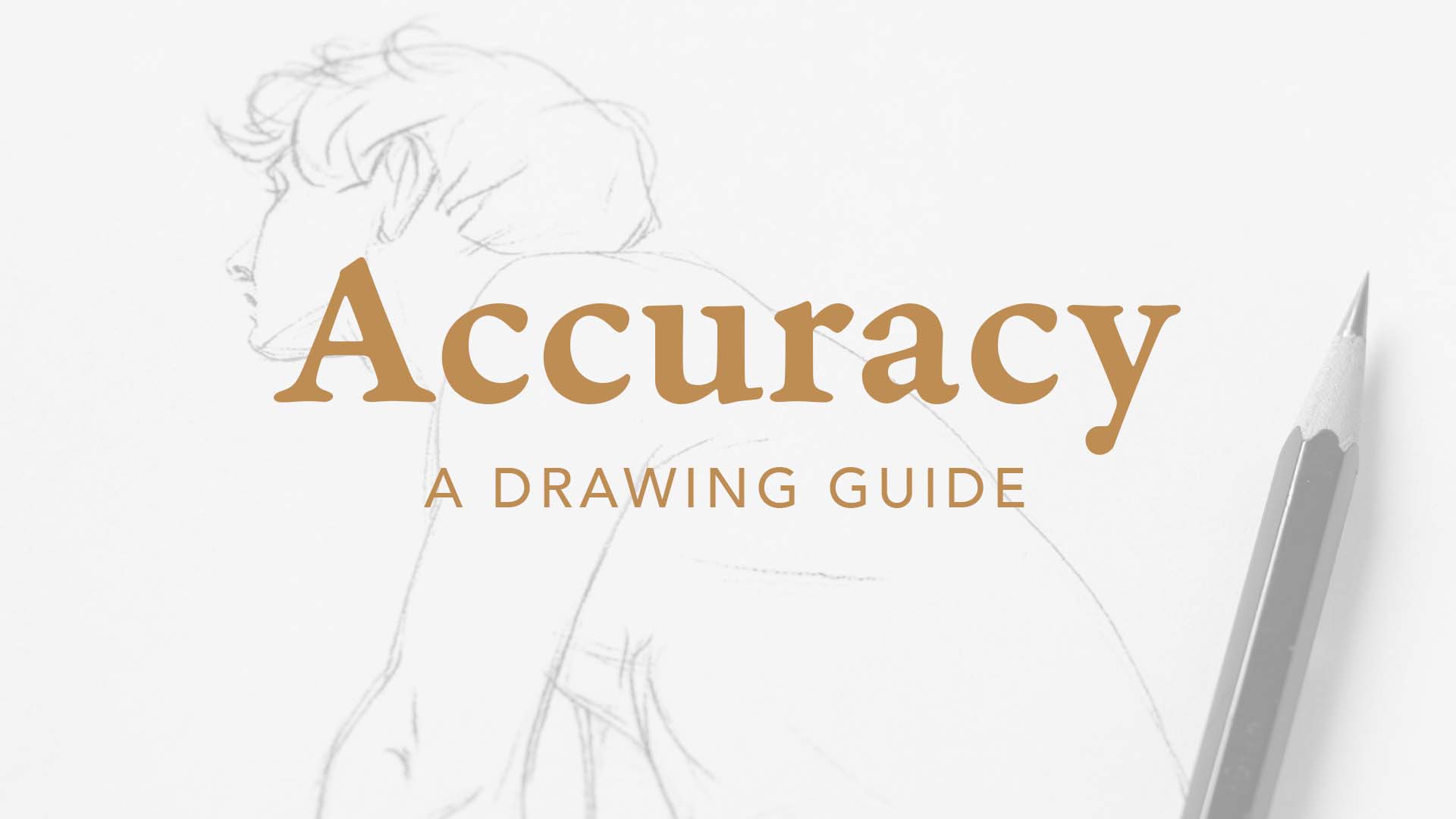
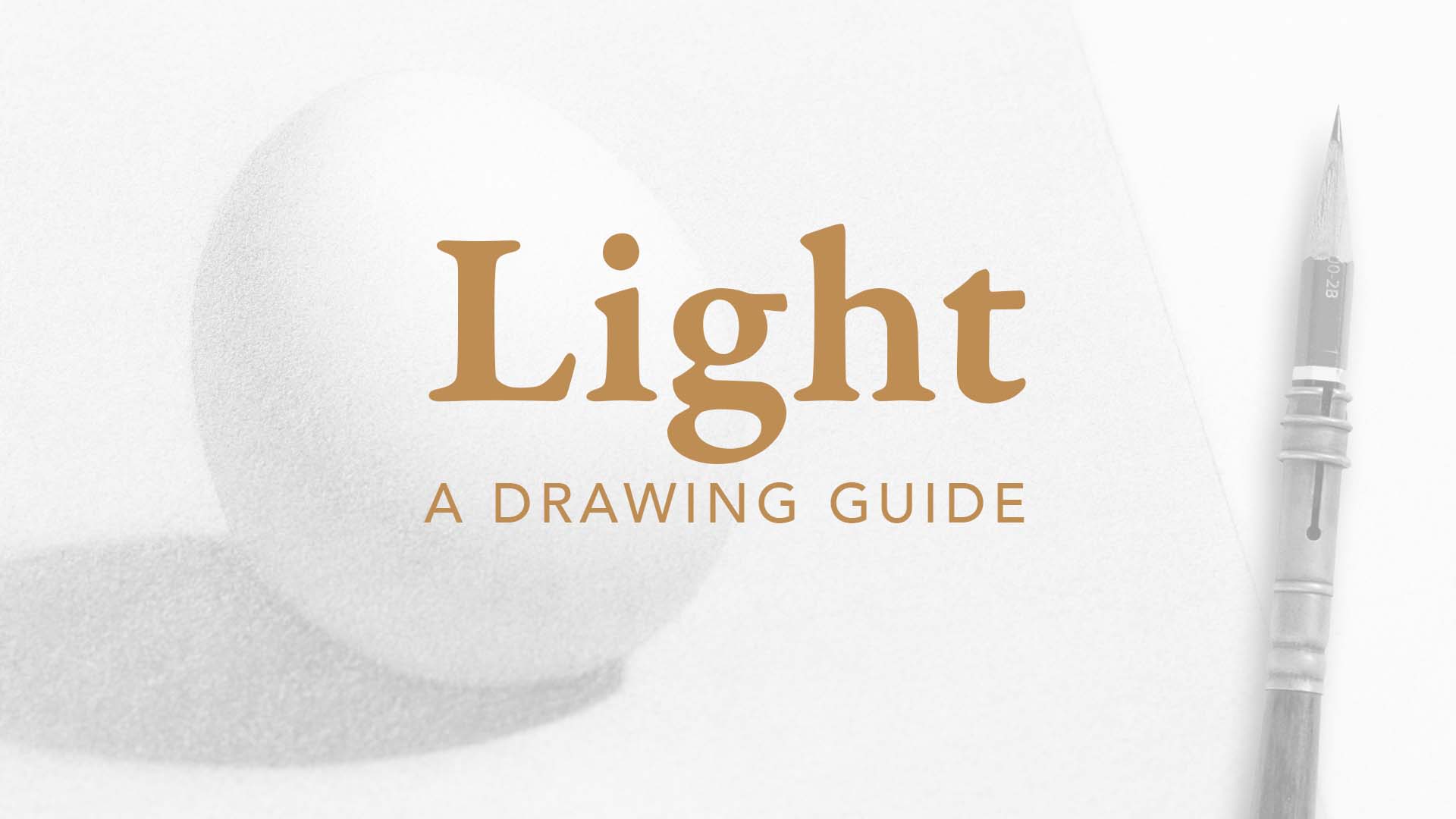
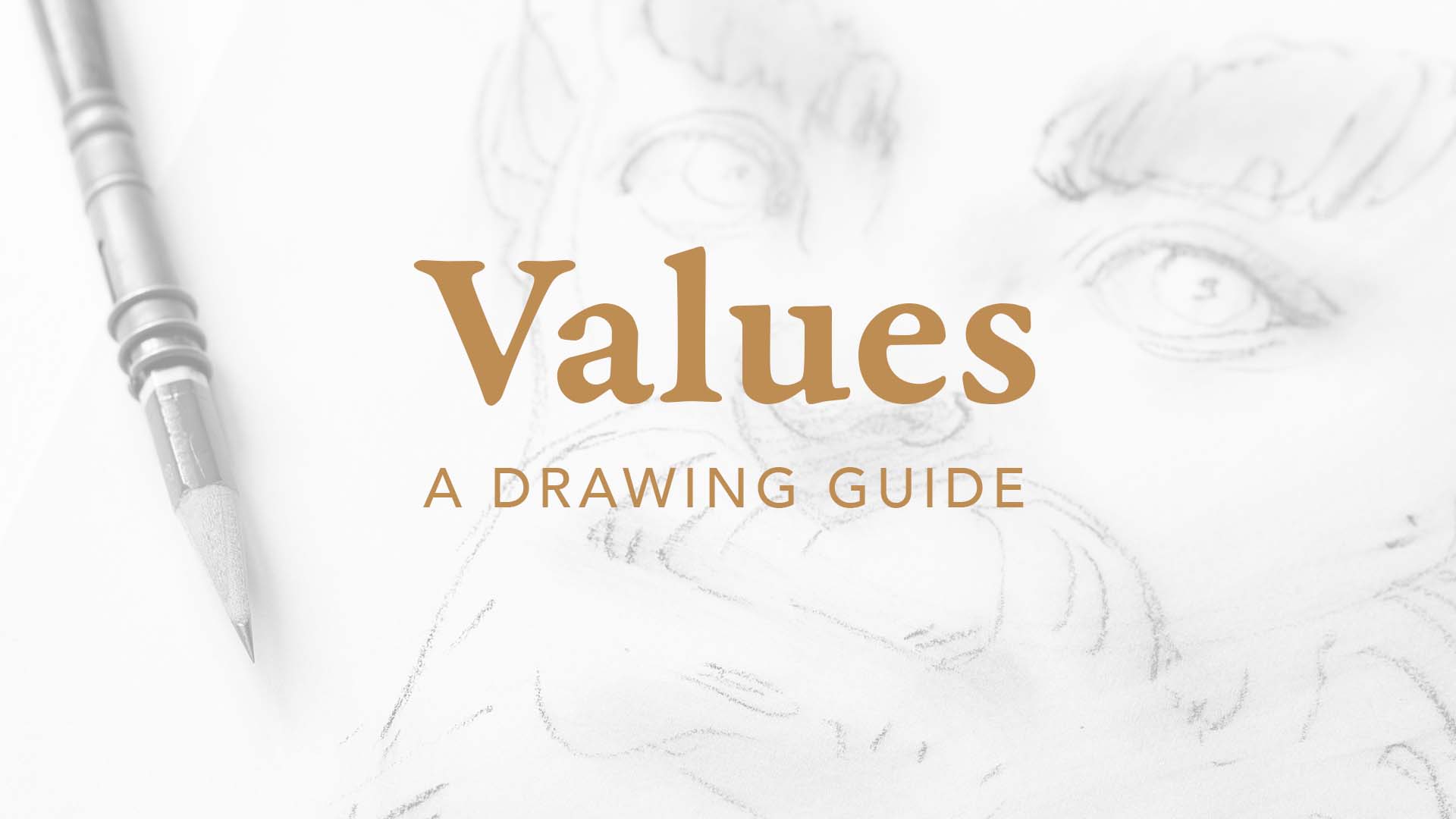
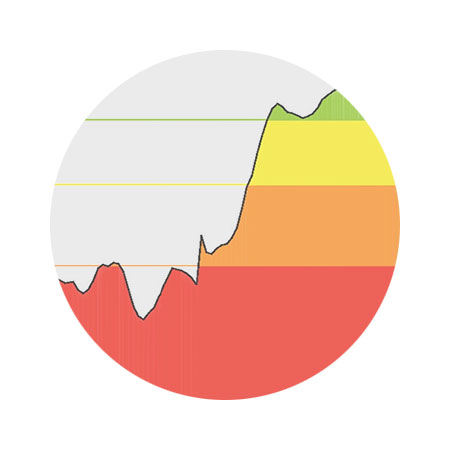
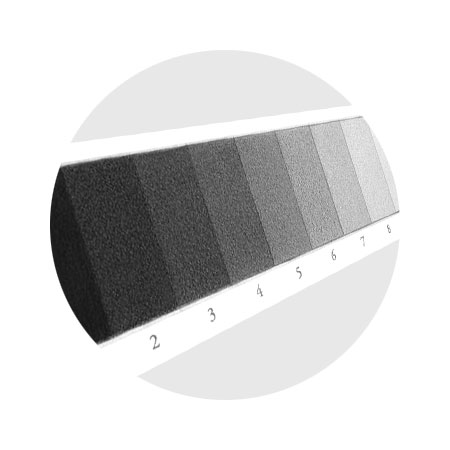


Dorian,
This is a very important reminder about being calm and clear when drawing! And remembering pivot points, and not grip the tool too tightly.
One thing I have always noticed about making smooth lines: don’t look at where you ARE with your line, look at where you are GOING with your line! Look ahead of your pencil, and sight on the goal. That gets your mind off of the vagaries of your pencil point, and helps you chart a course for the line. It works for me every time.
Congrats on making it through your miracle six months–it has been a pleasure to share. I look forward to future dispatches!
That’s a great addition! Thanks Chris!
This has been incredibly helpful and kind of like a *facepalm* Moments as in; I’ve been drawing for years and sometimes I just forget certain aspects of movement. Which I feel is most important :). Thank you for sharing!
Cheers, Ruth! I’m happy to hear that it’s been helpful! To mastery of the simple things! 🙂
This is very good advice. I can immediately see the improvements in my drawings. Keep up the great work!
🙏 🙂
Hey thanks man. This is really good advice.
This tutorial was incredibly helpful! I never realized how much control I could gain with my strokes just by adjusting my grip and using the right tools. Can’t wait to practice these techniques and see the improvement in my work. Thanks, Dorian!